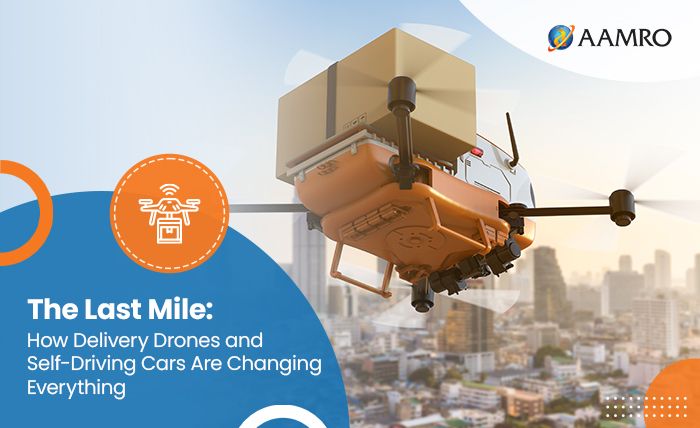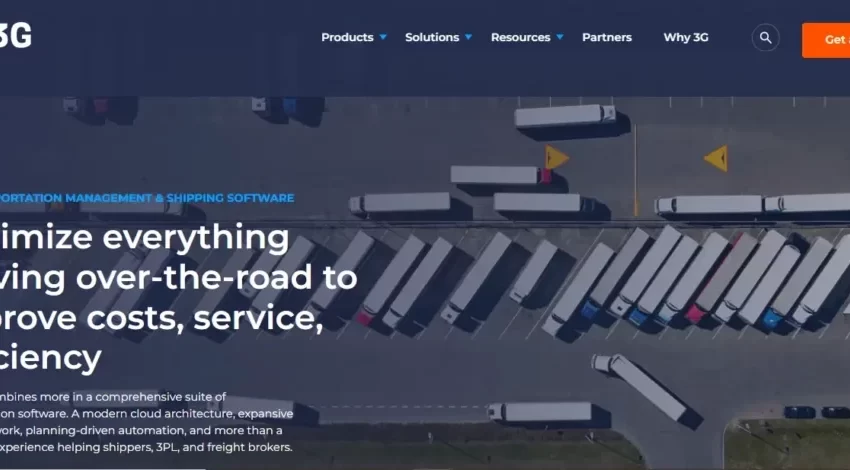How Drones Are Changing the Last Mile
As technology continues to advance at a rapid pace, the use of drones in various industries has become more prevalent. One area where drones are making a significant impact is in the last mile delivery sector. The last mile refers to the final step in the delivery process, where a package is transported from a distribution center to its final destination. This stage is often the most challenging and costly part of the delivery process, but drones are revolutionizing how goods are delivered in this crucial step.
Increased Speed and Efficiency
One of the key benefits of using drones for last mile delivery is the incredible speed and efficiency they offer. Drones are able to bypass traffic congestion and other obstacles that traditional delivery vehicles face, allowing them to deliver packages in a fraction of the time. This not only reduces delivery times but also lowers costs for companies, making the entire process more streamlined and efficient.
Remote and Rural Deliveries
Another major advantage of using drones for last mile delivery is their ability to reach remote and rural areas that are often difficult for traditional delivery vehicles to access. Drones can fly over rough terrain and deliver packages to areas that are otherwise inaccessible by road. This opens up new possibilities for delivering goods to customers in hard-to-reach locations, expanding markets for businesses and improving the overall customer experience.
Reduced Carbon Footprint
With growing concerns about the environmental impact of transportation, drones offer a more sustainable solution for last mile delivery. Drones produce fewer emissions compared to traditional delivery vehicles, helping to reduce the carbon footprint of the delivery process. By incorporating drones into their delivery fleets, companies can demonstrate their commitment to sustainability while also benefiting from the cost savings and efficiency gains that drones offer.
Challenges and Opportunities
While the use of drones in last mile delivery offers numerous benefits, there are also challenges that need to be addressed. One major concern is the regulatory framework surrounding drone delivery, as current regulations may limit the use of drones in certain areas or under certain conditions. Companies are working with regulators to develop new guidelines that will allow for the safe and efficient use of drones in last mile delivery, but more progress is needed to fully realize the potential of this technology.
Additionally, there are technical challenges that companies must overcome, such as battery life and payload capacity. Drones need to be able to carry heavy packages over long distances without running out of power, which requires ongoing innovation and development in drone technology. Companies are investing in research and development to improve the capabilities of drones and make them more reliable for last mile delivery.
The Future of Last Mile Delivery
Despite these challenges, the future of last mile delivery looks bright with the continued adoption of drones. As technology continues to improve and regulations evolve, drones will play an increasingly important role in the delivery of goods to customers. Companies that embrace this technology and invest in drone delivery capabilities will be well-positioned to meet the growing demands of the e-commerce market and deliver a seamless and efficient customer experience.
In conclusion, drones are changing the last mile delivery landscape in significant ways, offering increased speed and efficiency, access to remote areas, and a more sustainable delivery solution. While there are challenges to overcome, the opportunities presented by drone delivery are too great to ignore. As companies continue to innovate and invest in drone technology, the future of last mile delivery looks promising and full of potential.


